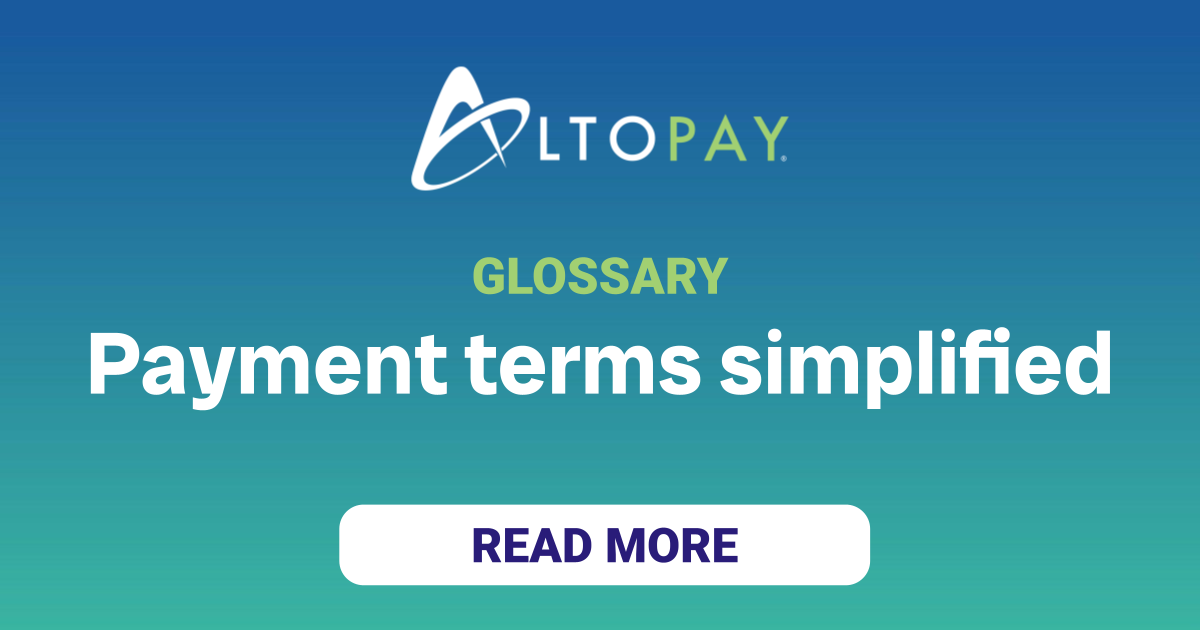Criminal fraud occurs when payment information — like card numbers or account credentials — is stolen and used without the cardholder’s knowledge or consent. Fraudsters often use bots, phishing schemes, and data breaches to obtain valuable information.
This type of fraud is common in card-not-present environments where data — not a physical card — is exchanged.
When a fraudster makes an unauthorized transaction, the cardholder usually contacts the bank to dispute the purchase. In some situations, the bank may accept financial liability for the fraud. But in most cases, the issuer will pass liability on to you, the merchant, in the form of a chargeback.
To reduce criminal fraud, you need to use different fraud detection tools at various points along the customer journey. For example, you might use a fraud prevention solution to protect online accounts from hacking and takeovers. You could also screen each transaction, checking for common warning signs of suspicious activity. Or you might want to add AVS or CVV checks into the authorization process.
AltoPay incorporates various fraud technologies into our payment processing solutions. These tactics protect revenue and reduce downstream chargebacks caused by unauthorized use.

For more than a decade, Jessica Velasco has been a thought leader in the payments industry. She aims to provide readers with valuable, easy-to-understand resources.


